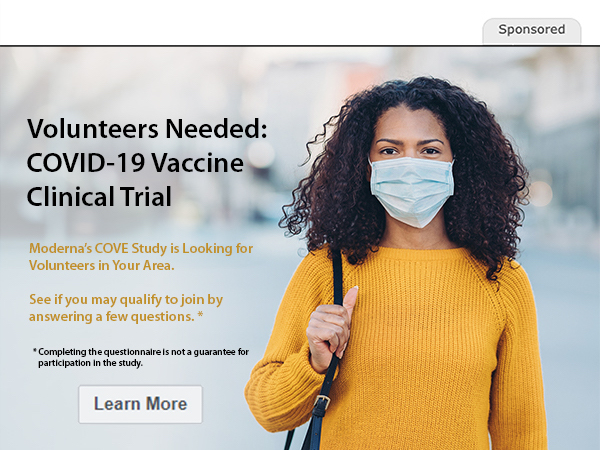Theories abound as we learn more about COVID-19 but one that makes a lot of sense has to do with viral dosage. There is a term “LD50” which is the virus dose at which fifty percent of those who are exposed, die. Research determining this dosage is done in experiments on animals, varying the dose of virus to calculate a dose-mortality curve. The LD50 is the dose that causes severe disease and death.
So, if someone is exposed to more of the virus, they are more likely to have a severe illness. A recent perspective article in the Journal of General Internal Medicine pointed out a phenomenon that has been occurring in places where mask wearing was implemented early on in the pandemic. The number of people who test positive for COVID-19 but have no symptoms has been increasing. Fatalities have been decreasing.
The authors of this perspective believe that what is happening is dose related. As they point out, “Masks, depending on the material and design, filter out a majority of viral particles, but not all.” When people wear masks, they are exposed to the virus but in such low dosages that they are essentially getting an inoculation dose.
Prior to face masks, the number of asymptomatic infections was at 15% but now, with face masks that number has gone up to 40-45%.
The authors point out the negatives of infection without symptoms—that is, increased spread of the disease. But they also suggest that the more people who have been exposed to the virus without having severe illness, the greater the likelihood of community-wide immunity. Getting some form of community immunity helps until we have a vaccine that can induce an effective and lasting immune response.
So, keep wearing your masks. Stay safe!
Reference: Gandhi, M., Beyrer, C., & Goosby, E. (2020). Masks Do More Than Protect Others During COVID-19: Reducing the Inoculum of SARS-CoV-2 to Protect the Wearer. Journal of general internal medicine, 1–4. Advance online publication. https://doi.org/10.1007/s11606-020-06067-8
Feature Image by: Anthony Quintano






